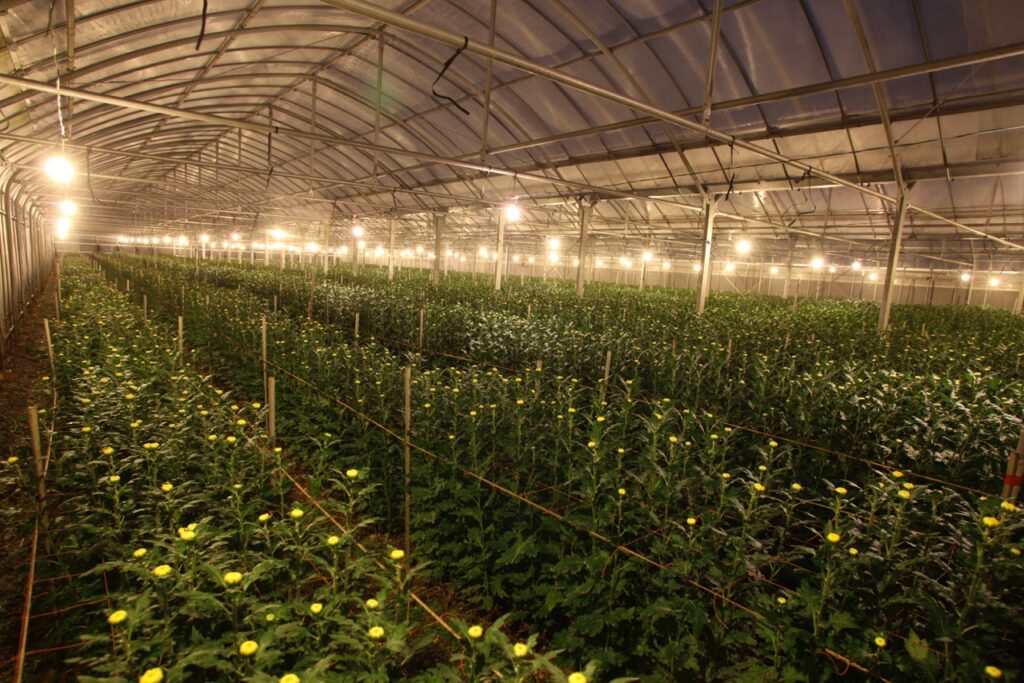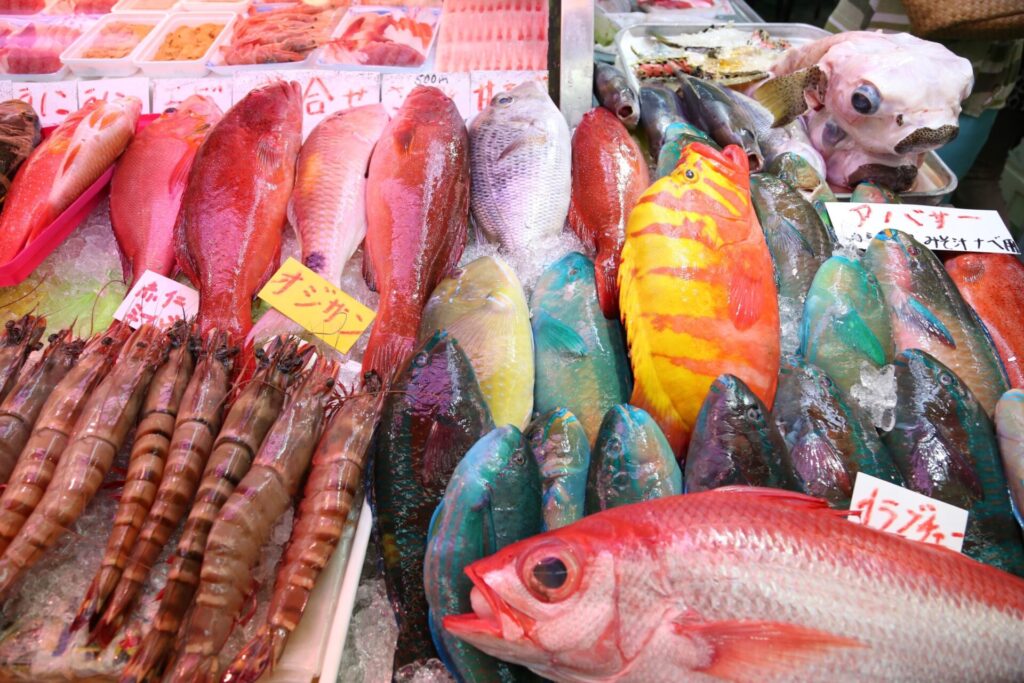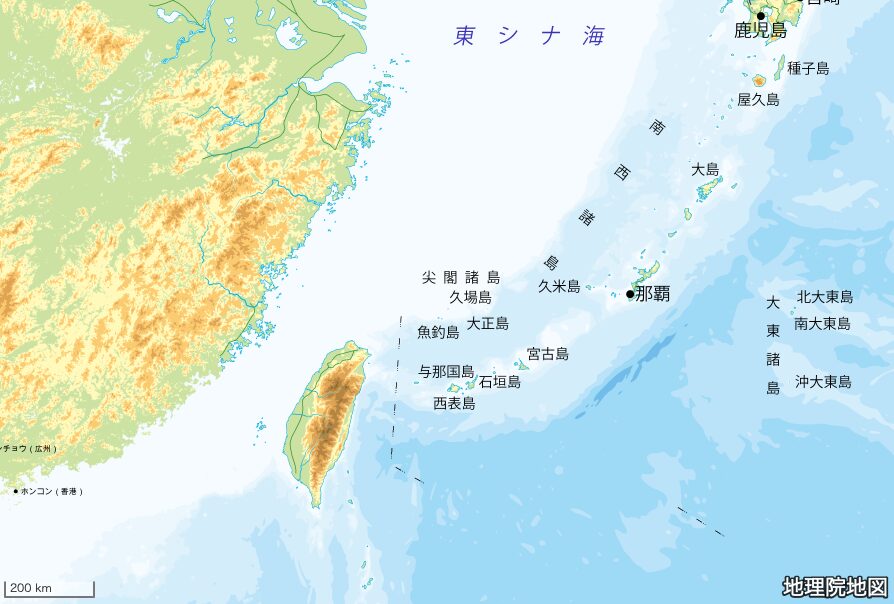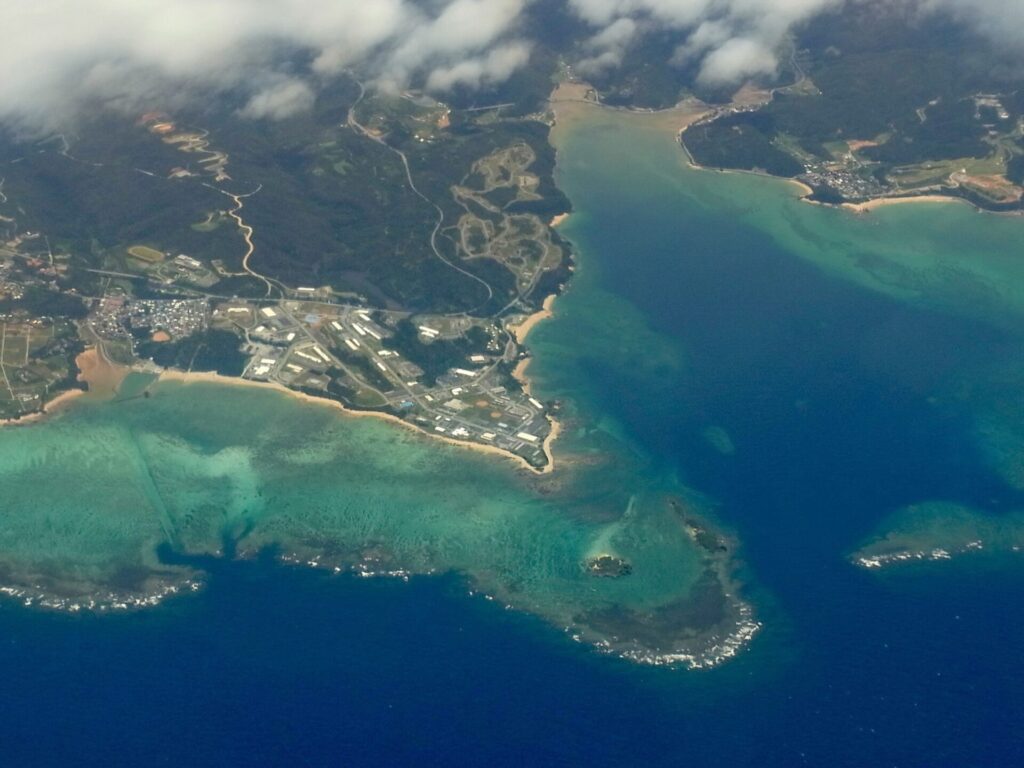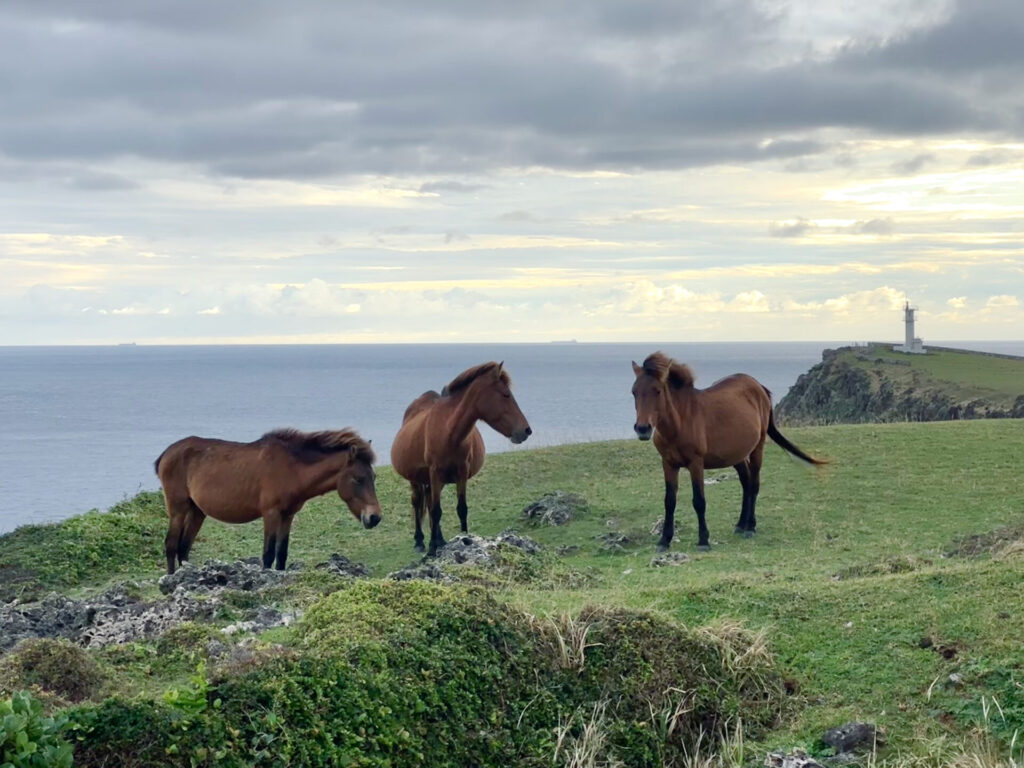Amami Rabbit

February 23rd 1995, Amami rabbits, Amami jay, and others—both special natural monuments of Japan—brought a lawsuit against the prefectural governor in the district court of Kagoshima. This is not about a fable of Aesop, a joke, or a prank. This is about a very serious action.
The plaintiff was Amami rabbits, Amami thrush, Amami woodcock, Amami jay, and the members of a nature conservation group Environment Network Amami in addition.
The defendant was the prefectural governor of Kagoshima, Mr. Tsuchiya Yoshiteru.
According to the action, the Kagoshima prefecture has approved the action of forest land development in accordance with the Forest Law for the golf course construction plans in Sumiyo village1, Amami Oshima on March 31st, 1992, and in Tatsugo town on December 2nd, 1994. Nonetheless, in the scheduled area lives valuable wild animals—Amami rabbits or Amami thrushes—which are endangered. The action announced to revoke the approval immediately.
The court turned away this case that “it is impossible for an animal to sue a man.” However given that the nature conservation group has joined the plaintiff, they were accepted to be an advocate for the animals and the charge was taken up. On July 3rd, 1995, the first hearing was conducted2.
Amami rabbits are living fossils only living in Amami Oshima and Tokunoshima. They were discovered in 1896 by American anthropologists, Furness and Hiller, and were announced as a new species four years later. In 1921, they became the first natural monument according to the Cultural Properties Law of Japan and a special natural monument of Japan in 1963.
They are classified as Lagomorpha Leporidae, while some scientists divide the Leporidae family into the Leporidae subfamily and Palaeolaginae subfamily, with the Amami rabbits in the latter. The Palaeolaginae subfamily is a species that multiplied during the later Eocene epoch. Amami rabbits are estimated to have come to the Amami Islands about ten million years ago when the Ryukyu Islands were connected to the continent.
These rabbits are the most valuable species among mammals in Japan. With a size far smaller than usual domestic rabbits, they weigh 2.5kg, are 43~51cm long without the tail, and have an ear length of a little less than 5cm which is extremely short. They have a tail about 3cm long and a brownish-black color. Yet their claws are long and powerful, in order to dig into roots to make their burrow: a characteristic unique to primitive coney.
They feed on Eulalia, fern, bamboo shoot, sweet potatoes, and chinkapin nuts, and bear 1~2 naked youngs in spring and autumn. Having nocturnal habits, they make a shrill cry “pyuy, pyuy” when they move. This serves as a communication with their species as well.
Usually, 2~3 rabbits inhabit one burrow, while a legend tells the symbiosis of a rabbit and a highly poisonous snake, habu. Although plausible it seemed, it became dubious when an Amami rabbit was found in the stomach of a captured habu.
Editor’s Note:
- Today called Sumiyo town, Amami city.
- In 2001, the district court of Kagoshima turned down the demand—however, leaving an exceptional mention that “at this time when serious environmental destruction is ongoing, whether if we should keep on with this idea that nature exists for men, is an essential theme we must reconsider with the wisdom of all of our people.” In 2004, Amami rabbits were classified as National Endangered Species in Japan and the Endangered Species in the Red List of 2020 by the Department of the Environment of Japan. In July 2021, Amami Oshima, Tokunoshima, the northern part of Okinawa Island, and Iriomote Island were placed on the World Heritage List as a land where many precious indigenous species inhabit.






